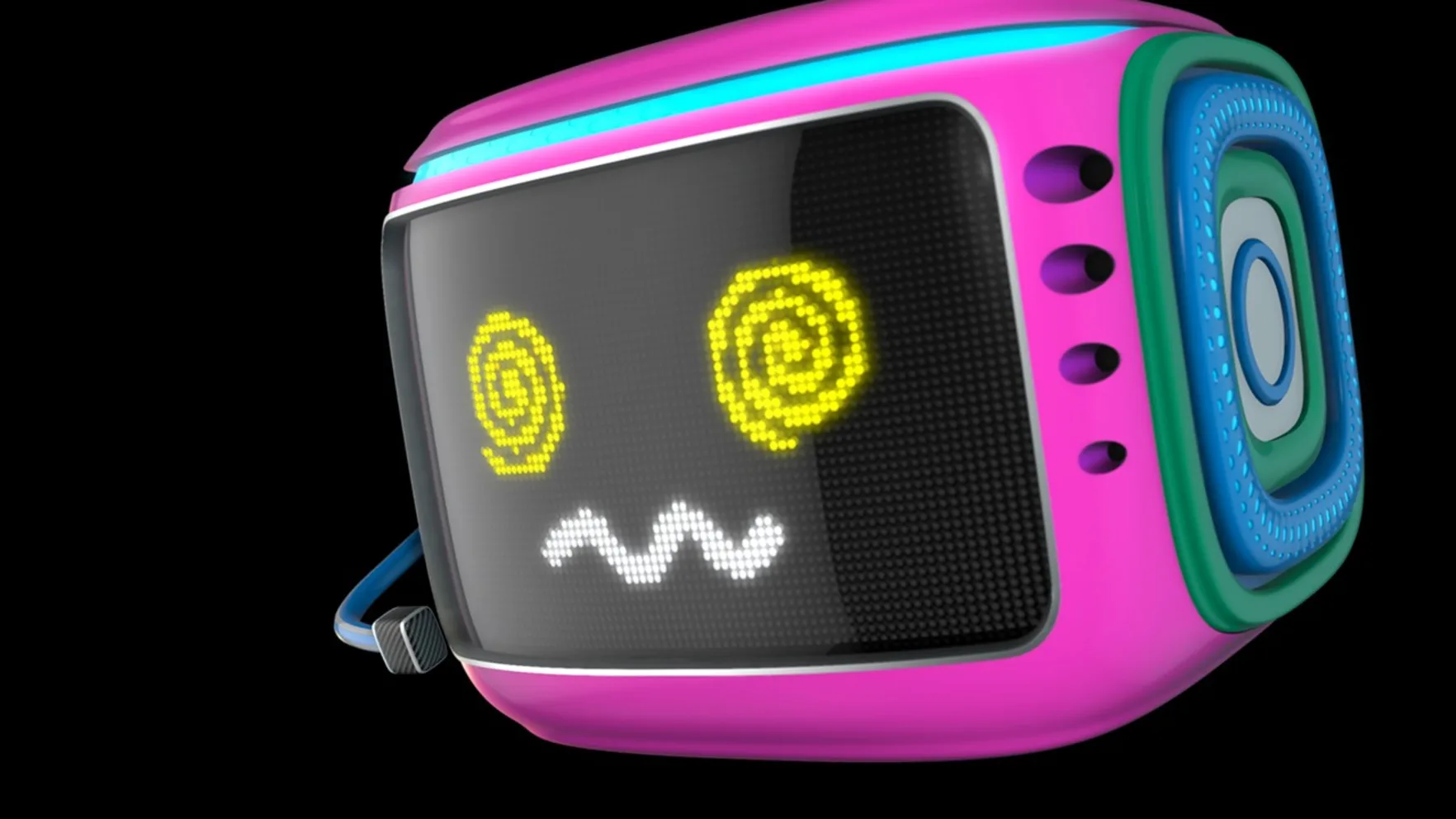
Using all caps for accessibility
We all know someone who loves to use all caps a bit too much in their messages. It makes things sound a bit shouty.
But there’s at least one good time to go all caps: when you’re having a laugh (and you want to let screen readers in on it).
Lost in translation
There are a lot of ways to tell someone you’re laughing via text: LOL, LMAO and ROFL to name a few. (There’s also roflcopter, if you’re into the classics.)
They’re all acronyms, right? But they’re so common that LOL doesn’t always mean ‘laughing out loud’ anymore. It’s just lol. And that’s extra confusing, since loll is a word in and of itself.
The same goes for lmao and the rest. But that can get confusing for screen readers and the people that use them.
When a word is all lowercase, a screen reader will just read it as a regular word. That turns ‘lmao’ into ‘la-mayo’ and ‘roflmao’ into ‘rofle mayo’.
Unless you’re really talking about sandwich spreads, some of your meaning may get lost.
Letting screen readers into the joke
The solution? Go all caps.
Most screen reader will read ‘LOL’ letter by letter (or ‘L O L’). The same applies to all your acronyms: IDK, WTF, BRB, all your favourites.
It’s the best way to get your meaning across. More laughing, less lolling.